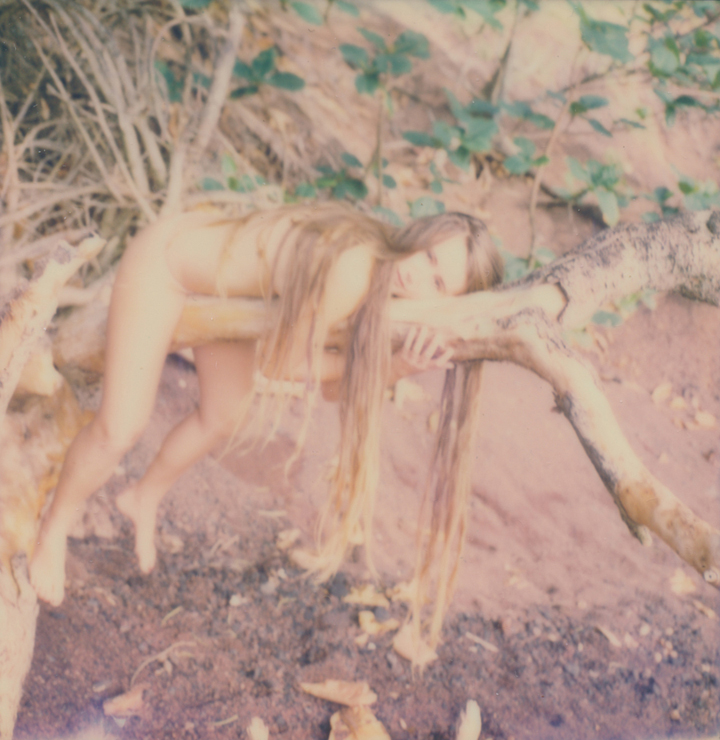
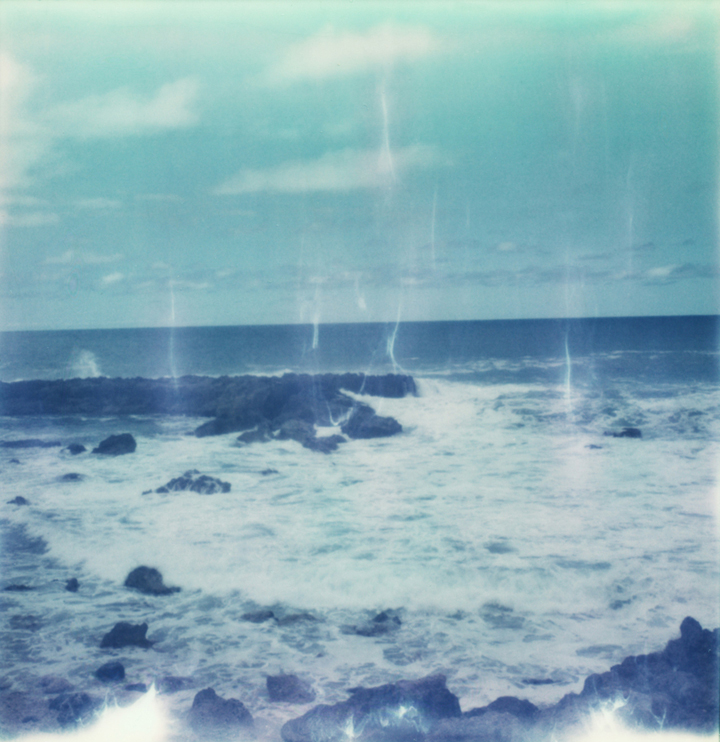
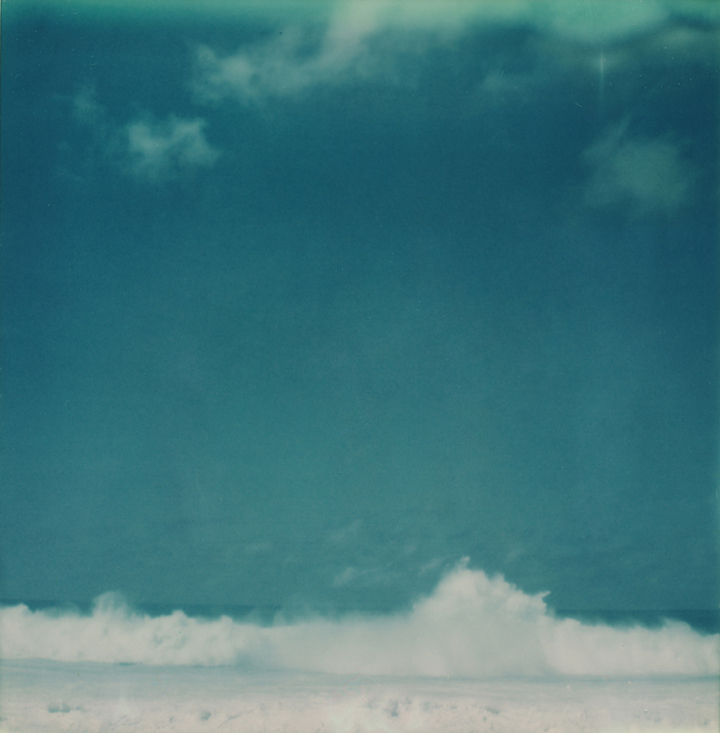
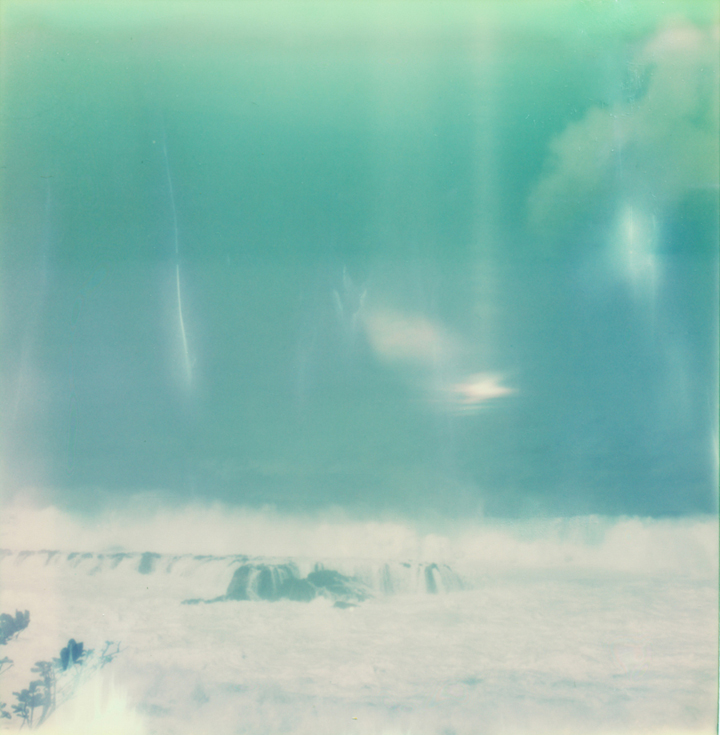

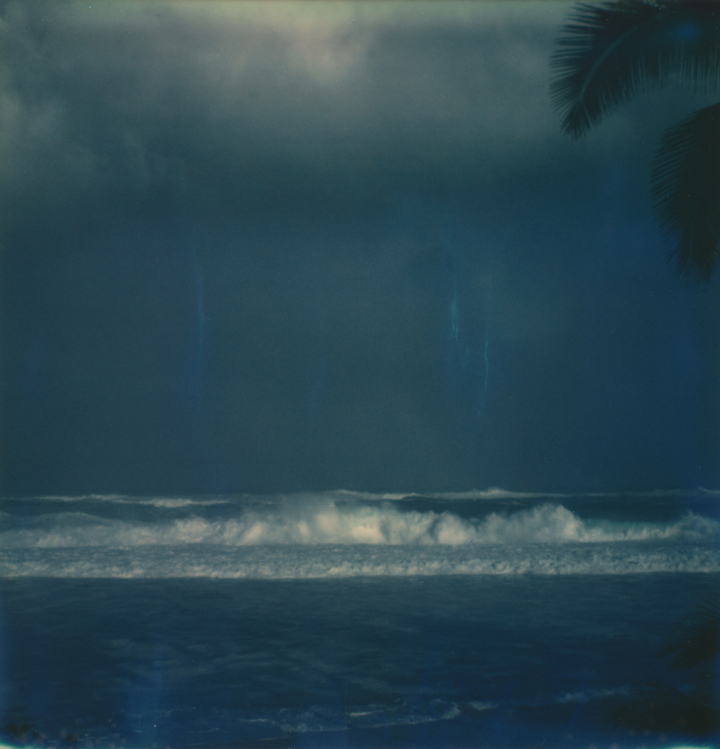
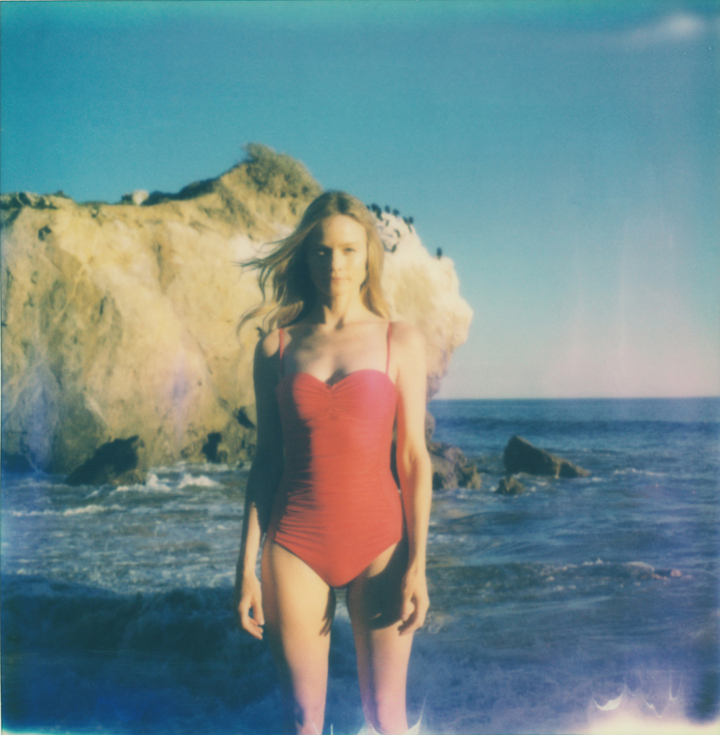
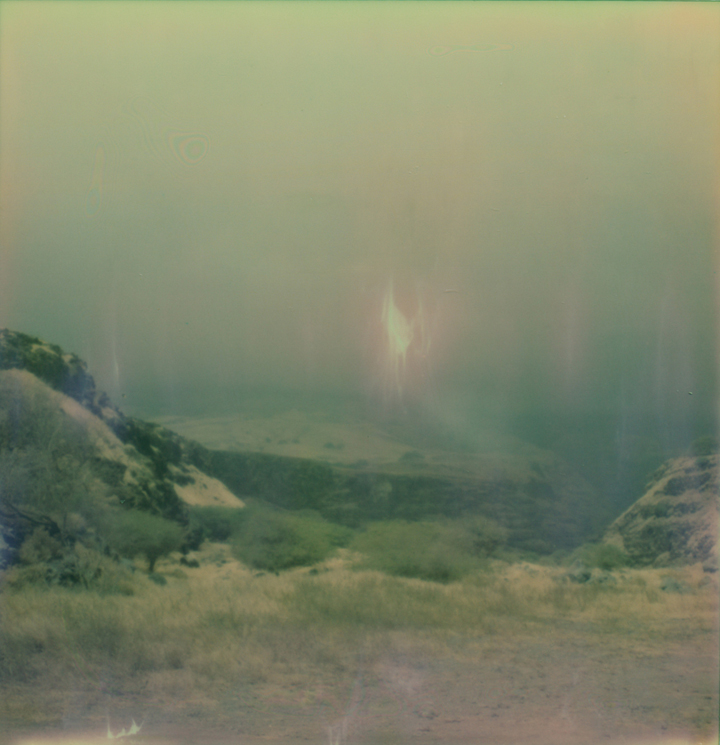

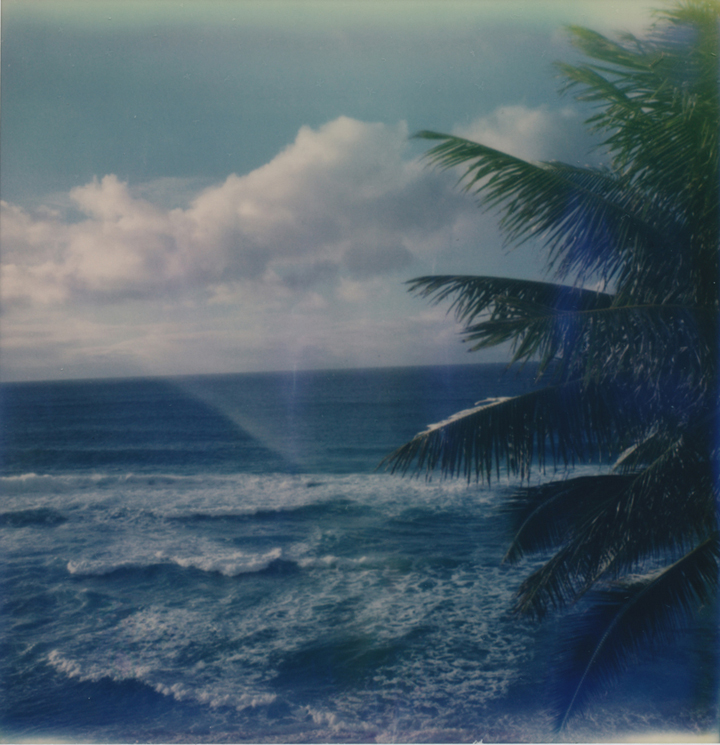
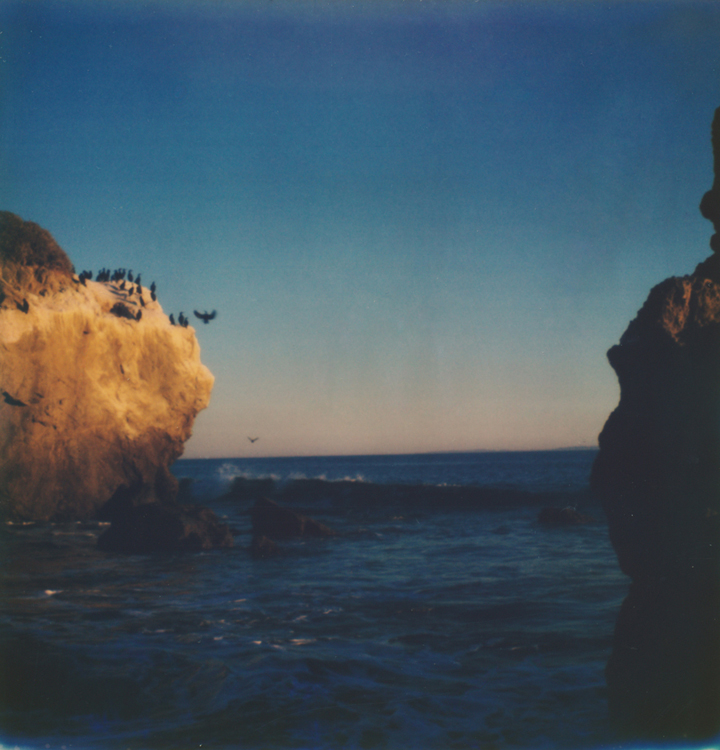
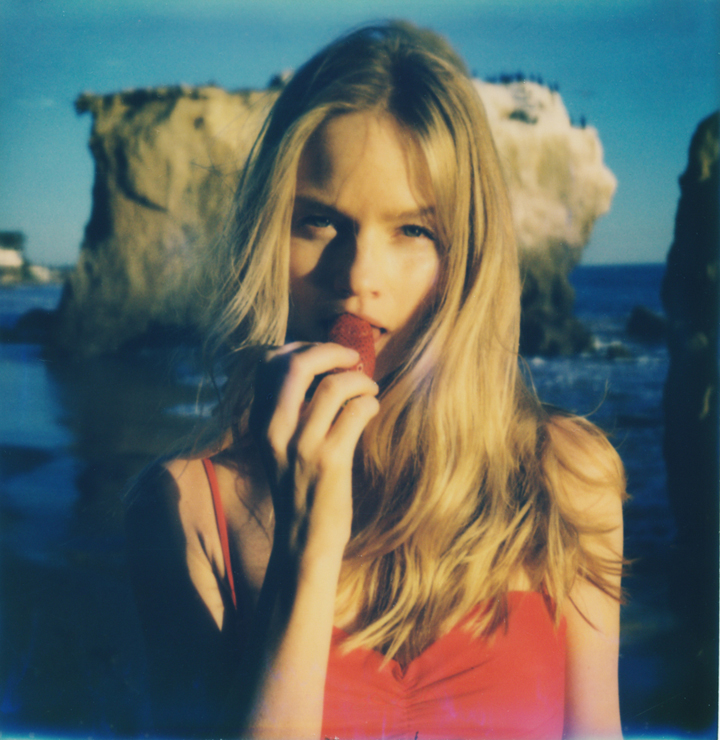
Photographs by Yana Toyber. Models: Camile Brady, Lindsay Pulsipher, Evie Aguayo wearing Cami and Jax bathing suits
Photographs by Yana Toyber. Models: Camile Brady, Lindsay Pulsipher, Evie Aguayo wearing Cami and Jax bathing suits
Credits:
Photography: Daniel Peace
Model: Imma Mess
Art Direction: Kassandra Powell
Assistant: Sebastian Hinds
FOLLOW AUTRE ON INSTAGRAM: @AUTREMAGAZINE

CREDITS:
Photography: Raquel Pellicano
Model: Anna Novais
Location: Brasilia, Brasil
FOLLOW AUTRE ON INSTAGRAM: @AUTREMAGAZINE
Follow Me is a new series by Aussie photographer Elvis Di Fazio featuring Fadi Kazmuz as Jesus Christ. Happy Easter.
Before the major retrospectives and collaborations with major fashion labels, Yayoi Kusama was a burgeoning, revolutionary artist in New York City. Kusama's sex zine Orgy is a perfect document of 1960s counter culture.
California, 1986–When I pulled off the freeway into San Diego, I had a single twenty dollar bill in my wallet. My car, a 1973 Toyota station wagon, rattled my teeth and died in idle. At stops I had to divide my right foot: heel on the brake, toes revving the accelerator. I had barely enough gas to get back to Los Angeles. See more after the jump....
On El Cajon Boulevard I drove slowly and studied the street walkers. In their eyes I could see desperation-induced madness, premature death. In my eyes they could see my craving for the nasty little secret I kept from friends and family. I could give my twenty dollars to any one of these women. I could buy a quick sex fix and she could buy enough crack to put a smile on her face for an hour or so.
In the passenger seat, belted and buckled, frail and beautiful, my four-year-old son, Dashiell, slept curled around his best friend, a pillow-sized stuffed facsimile of Hulk Hogan. It was Sunday night and my weekend with my little boy was over.
When we arrived at his mother's house, Dash awoke. He cried and clung tightly, arms around my neck. He didn't want me to go. His mother Sylvia, my ex-wife, was happy to see me go, but first she wanted money. I made lame excuses. She called me a jerk and pried our son from my embrace. I took my twenty dollars and drove back to El Cajon Boulevard.
Cruising nighttime byways for an adrenaline high, Scot Sothern first patronized the marketplace of curbside prostitution on a prurient whim. Diving to the murky depths of sexual obsession he resurfaced five years later, shell shocked, and without excuse. While there, trusty Nikon in hand, Scot snapped what he saw: full-frontal X-rated realities, fine-art documents, black and white, pathos and pizzazz.
LOWLIFE is an illustrated diary of dysfunction; the confessions of a befuddled baby-boomer maintaining a precarious connection to propriety and fatherhood while side-tripping into noirish infatuations. These stories and images, shot mostly in Southern California between 1986 and 1990 record the existence of the many disenfranchised Americans, men and women, hawking body and soul for the price of a Big Mac and a fix, struggling in a culture that deems them criminal and expendable.
On view starting November 5 (on view until December 3) at the Drkrm Gallery in Los Angeles presents Lowlife Photographs and Literary Vignettes by Scot Sothern with an opening night book signing of Lowlife the book, a limited edition monograph published by Stanley Barker UK now publishing.

After 10 years with Vivienne Westwood and 10 years of work as a stylist for fashion magazines Yasmine Eslami has launched a lingerie line. "If lingerie is the first thing we put on ourselves, it is also the last that is removed."


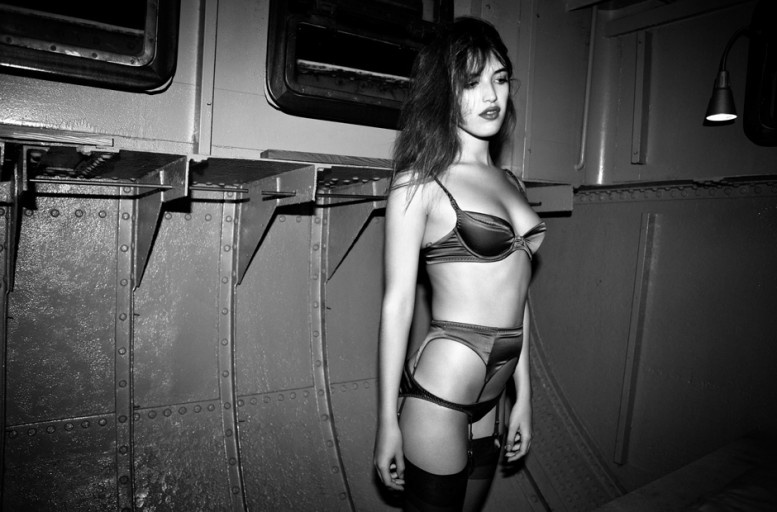
Photography by Olivier Zahm www.yasmine-eslami.com

It Was Once a Paradise, Japanese photographer Nobuyoshi Araki’s new series of photographs, shown as 40 diptychs, is a bi-polar collision of the id and superego. In his new, as-yet-unseen series, which will be shown later this month at Reflex Art Gallery in Amsterdam, Araki “addresses the complex relationship between loss and desire, which translates as despair and hope, separation and symbiosis, the internal and the other.” Nobuyoshi Araki, who is now 71 and has published over 400 books of photography, has had a life long fascination with sex & death in his work.


In his new series, Araki’s diptychs are a contrast of two independent, but mutual worlds. On one side are black and white photographs of close-ups of his Tokyo balcony, a place that was once his own private world shared with his late wife and cats - a sanctuary now overrun with the despairing, assemblage of toy monsters and dinosaurs - symbolic of a certain infestation of deep melancholy and, seemingly, a realization of mortality. On the other side of the diptych is a color image of a beautiful, nude women, intricately tied up - adumbrative of the eternal, erotic, technicolor Oz of sexual desire. In Japan, Kinbaku, or ’the beauty of tight binding’ is the intricate art of bondage of which Araki is somewhat of a master. It can be concluded though, that a true elucidation of the meaning of Araki’s photographic oeuvre is not entirely attainable - which is a testament to their beauty and vast psychological complexity. Araki is, after all, an artist. Nobuyoshi Araki, It Was Once a Paradise will be on view from April 23 till July 16 2011 at the Alex Daniels - Reflex Gallery in Amsterdam. There will also be a book published in conjunction with the exhibit. www.reflexamsterdam.com
Text by Oliver Maxwell Kupper for Pas Un Autre


Kevin Hayes' photography is a bloody car wreck on a hot summer highway - hard to take your eyes away from. Hayes seems to have the rare opportunity of complete access to the pig pen of diseased swine - the keys to the dark kingdom of humanities other side; and quite naturally I might add. It begs the question: what is on the other side of the dirtiest rainbow?




Visit the Dirtiest Rainbow here.

Wim Delvoye, born 1965, is a Belgian neo-conceptual artist known for his inventive and often shocking projects. Much of his work is focused on the body. He repeatedly links the attractive with the repulsive, creating work that holds within it inherent contradictions- one does not know whether to stare, be seduced, or to look away. Wim Delvoye has an eclectic oeuvre, exposing his interest in a range of themes, from bodily function, to the Catholic Church, and numerous subjects in between. He lives and works in Belgium, but recently moved to China after a court of law judged his pig tattoo art projects illegal. Delvoye is additionally well known for his “gothic” style work. In 2001, Delvoye, with the help of a radiologist, had several of his friends paint themselves with small amounts of barium, and perform explicit sexual acts in medical X-ray clinics. Wim Delvoye then used the X-ray scans to fill gothic window frames instead of classic stained glass.



Delvoye suggests that radiography reduces the body to a machine. When he was not an active participant, Delvoye observed from a computer screen in another room, allowing the subjects enough distance to perform normally, although Delvoye has described the whole operation as "very medical, very antiseptic." Delvoye also creates oversized laser-cut steel sculptures of objects typically found in construction, customized in seventeenth century Flemish Baroque style. These structures juxtapose "medieval craftsmanship with Gothic filigree." Delvoye brings together the heavy, brute force of contemporary machinery and the delicate craftsmanship associated with Gothic architecture. www.wimdelvoye.be